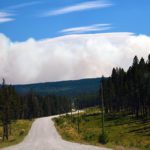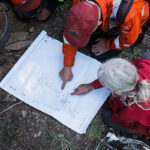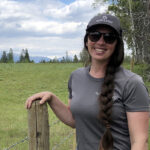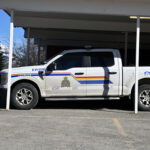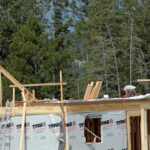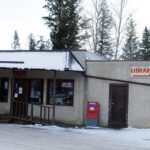Home »

Keeping it simple with a complicated snowpack
We have a deep persistent slab avalanche problem in many interior regions, as well as areas of the northwest and parts of the south coast inland, meaning that we have weak layers near the base of the snowpack.
In most areas it’s unlikely that this layer could be easily triggered, but the avalanches it can produce are large and destructive if it is. It’s difficult to forecast for, offers very few clues about instability, produces very large avalanches, and lasts a long time, requiring a level of patience even the pros find testing.
Given how difficult safe travel with this problem can be, keeping it simple with our terrain choices can help keep us out of trouble.
Here are some ways you can opt for safer travel this winter…
Choose low angle terrain without the capacity for large avalanches
Most avalanches happen on slopes between 30 and 45 degrees. Avoiding these steeper slopes can go a long way to helping avoid an avalanche.
Also think about how “connected” your slope is. If you were to trigger an avalanche, is there the opportunity for it to propagate widely and cause a large avalanche? Choosing slopes without that potential can reduce your risk.
Choose terrain without terrain traps
Terrain traps make the consequences of an avalanche worse. They might be cliffs, gullies, flat areas under steep slopes, or even trees. Avalanches can carry people a long way, so consider what’s below you.
Choose to travel with good habits
It’s always important to space out in avalanche terrain, but the possibility of large avalanches means leaving even more space. Make sure your group is spaced out widely enough that even a large avalanche would not involve multiple group members.
Make sure you also factor in other people on or around a slope. If a group above you triggered a large avalanche, would you be in danger? If you triggered one, would it harm people below? If you think it might, it’s time to choose a different spot.
Think about terrain around your terrain
The terrain around you is as important as the terrain you select to ride. Be aware of cornices or other avalanche terrain above you that might expose you to danger, especially as the sun comes out in the spring.
No news is not always good news
Because deep persistent slabs don’t offer much feedback, don’t assume that no evidence means no problem. A deep persistent slab can be triggered with no warning signs, even on slopes that seem well-used.
Avoid typical start zones
In areas where the snowpack is thinner, the weak layers may be easier to trigger. Avoid thin, rocky and wind-affected areas, and steer clear of terrain where the snowpack may go from thick to thin quickly. Bear in mind that the snow depth isn’t always obvious from the surface. If in doubt, avoidance is the best technique.
The snow depth test shown in this video is a good example of what we mean.
Learn more and see representative images.
Lead image: Low angle terrain can still make for great riding. Image taken by an AvCan field team near Revelstoke, February 17. Avalanche Canada image

